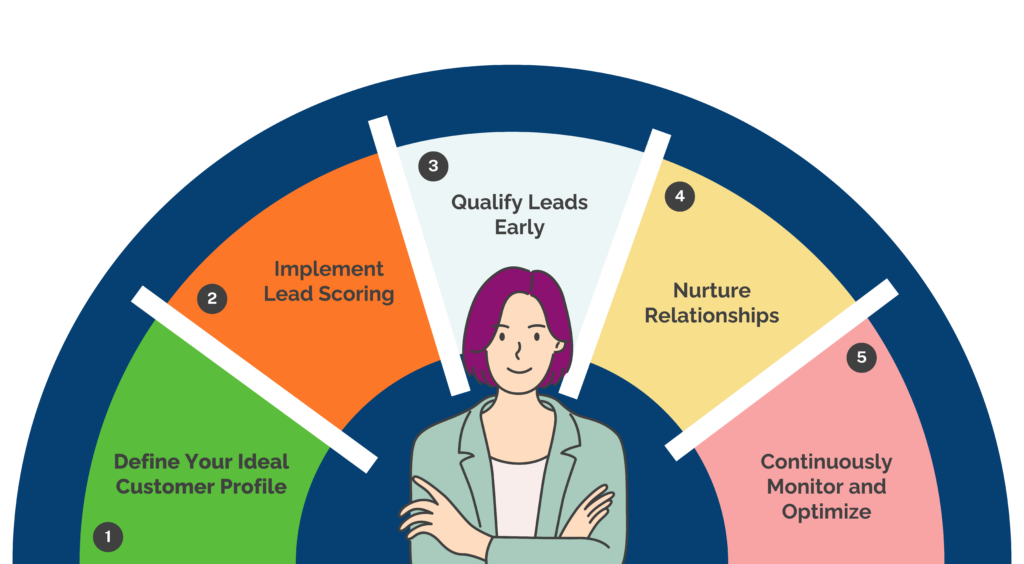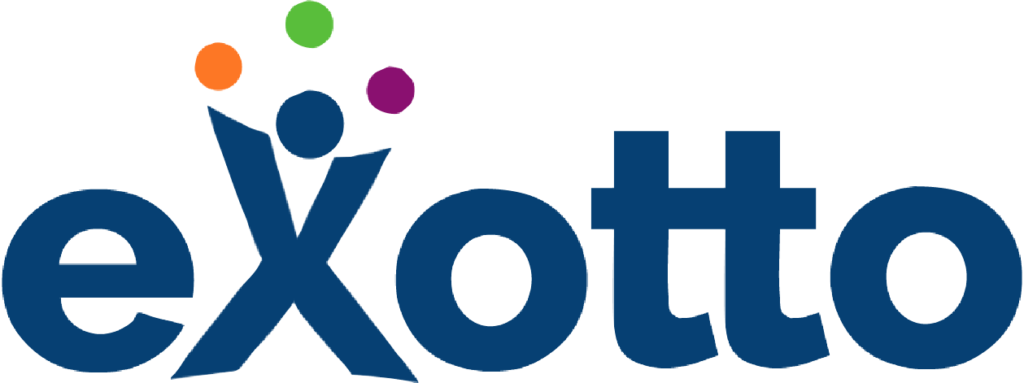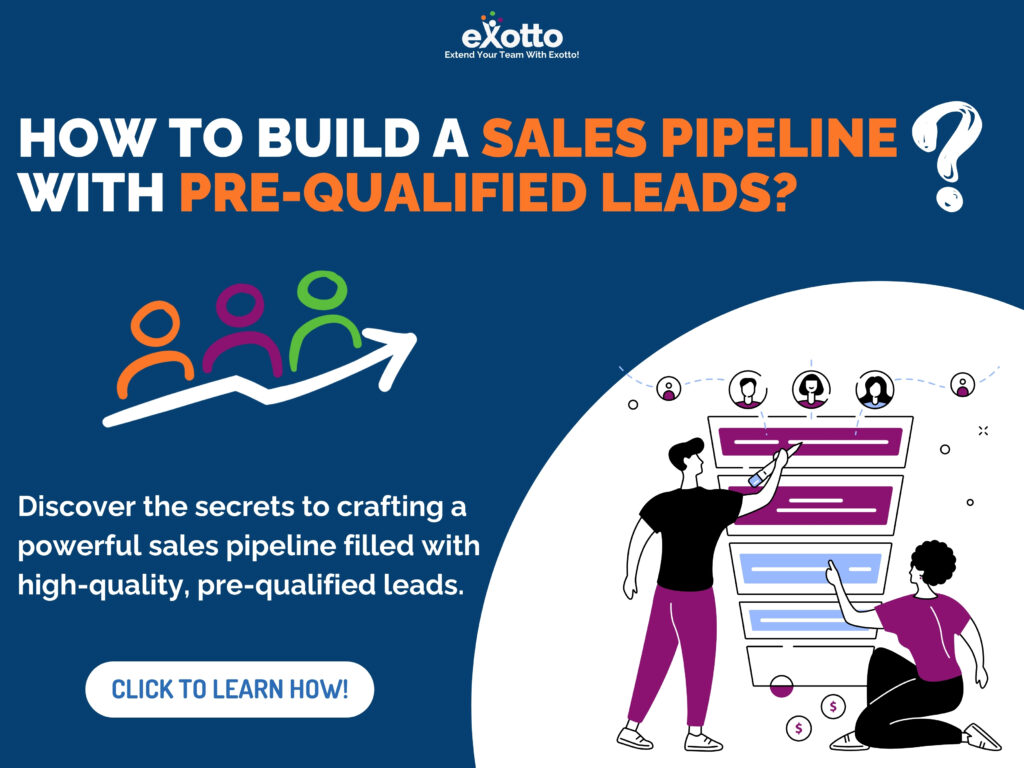Sales pipeline is a visual representation of each stage of a lead. An organized sales pipeline not only allows prospects to move through the process but also guarantees each lead is ready to be converted. This blog explores the details of building a sales pipeline full of pre-qualified leads, using focused tactics, and utilizing the strength of the top B2B sales leads databases to make the prospect-to-loyal-client journey easier
1. Understanding the Sales Pipeline
A sales pipeline is a visual roadmap outlining the stages a prospect goes through to become a customer. From initial contact to conversion, each stage represents a crucial milestone in the sales process, with lead generation, qualification, sales appointments, proposals, and closing the lead. The success of this pipeline depends on the quality of leads at each stage, underscoring the importance of pre-qualification.
2. Importance of Pre-Qualified Leads
Pre-qualified leads are prospects assessed for their genuine interest, suitability, and purchasing capacity. By focusing on pre-qualified leads, sales teams can allocate their resources more effectively, expediting the sales cycle and boosting conversion rates and revenue. So, where time is of the essence, prioritizing pre-qualified leads can enhance sales productivity and profitability. Moreover, pre-qualified leads are more likely to convert into loyal customers, leading to higher customer lifetime value and increased referrals, thus contributing to sustainable business growth.
3. Leveraging the Best B2B Sales Leads Database
A B2B lead database serves as the foundation of any successful sales pipeline. It provides valuable insights into potential prospects, including their industry, company size, decision-makers, contact details, and purchasing behavior. When selecting a B2B sales leads database, factors such as data accuracy and integration capabilities with existing CRM systems must be considered to ensure optimal functionality and effectiveness. Moreover, using advanced technologies such as AI and machine learning can further enhance the database’s predictive capabilities, enabling sales teams to identify high-value leads with precision. Additionally, regular updates and maintenance of the database are essential to ensure data quality and relevance, thereby maximizing its utility in driving sales and revenue growth.
Strategies to Build a Sales Pipeline with Pre-Qualified Leads

1. Define Your Ideal Customer Profile (ICP)
Start by creating your buyer persona and outlining the characteristics of your ideal customer, such as industry, company size, location, pain points, and purchasing behavior. This exercise enables you to narrow down your target audience and tailor your outreach efforts to prospects who align with your ideal profile, increasing the likelihood of conversion. Additionally, regularly revisit and refine your ICP to adapt to changing market dynamics and customer preferences, ensuring ongoing relevance and effectiveness. Moreover, research the market and seek customer feedback to validate and refine your ideal customer profile, ensuring alignment preferences of your target audience.
2. Implement Lead Scoring
Introduce a lead scoring system to prioritize leads based on their level of engagement and fit with your ICP. Assign numerical values to various actions and interactions, such as website visits, email opens, social media engagement, and event attendance. By quantifying prospect engagement, you can identify hot leads ripe for conversion and allocate resources accordingly. Moreover, continuously refine your lead scoring criteria based on feedback from sales and marketing teams, ensuring alignment with evolving business objectives and market trends. Additionally, utilizing machine learning algorithms enhances lead scoring accuracy and identifies potential buying signals, enabling sales teams to focus their efforts on high-value opportunities with the greatest likelihood of conversion.
3. Qualify Leads Early
Rather than waiting until later stages of the pipeline to qualify leads, aim to qualify them early on. Develop a set of qualifying criteria, often referred to as BANT (Budget, Authority, Need, Timeline), to assess the suitability of prospects and their readiness to proceed. By qualifying leads early in the process, you can focus your efforts on prospects who are most likely to convert, thereby maximizing efficiency and optimizing resource allocation. Additionally, use marketing automation and predictive analytics to identify potential buying signals and prioritize follow-up actions accordingly. Moreover, implement lead qualification checkpoints at key stages of the sales process to ensure that only qualified leads progress through the pipeline, thereby minimizing resource wastage and maximizing sales productivity.
4. Nurture Relationships
Building rapport and fostering relationships with prospects is important for successful sales. Implement a lead-nurturing strategy focusing personalized communication, educational content, targeted offers, and regular follow-ups. By staying top-of-mind with prospects and providing value throughout their journey, you increase the likelihood of conversion and lay the groundwork for long-term customer relationships. Moreover, leverage customer relationship management (CRM) tools to track interactions and customize communication based on individual preferences and behavior, further enhancing engagement and trust. Additionally, prioritize customer needs and preferences in their outreach efforts, thus building stronger and more meaningful relationships with prospects and customers.
5. Continuously Monitor and Optimize
Regularly evaluate and refine your sales pipeline to identify areas for improvement and optimization. Monitor key performance indicators (KPIs) such as conversion rates, pipeline velocity, win rates, and customer acquisition costs to measure the efficacy of your strategies. Use data analytics and feedback loops to enhance your sales process, ensuring maximum efficiency and effectiveness. Additionally, foster a culture of continuous learning and experimentation within your sales team, encouraging collaboration and innovation to drive sustainable growth and competitive advantage. Moreover, feedback from customers and prospects can help gain insights into their experience with your sales process and identify areas for improvement, thereby enhancing customer satisfaction and loyalty. By continuously monitoring and optimizing your sales pipeline, you can adapt to changing market conditions and customer preferences, ensuring long-term success and sustainability.
Conclusion
Building a sales pipeline with pre-qualified leads is essential for maximizing sales efficiency and effectiveness. By focusing on quality, B2B sales leads databases, and implementing targeted strategies, organizations can accelerate revenue generation. As the sales strategies evolve, embracing innovation and agility will be key to staying ahead and delivering exceptional value to customers. By prioritizing pre-qualified leads, and nurturing relationships with prospects, organizations can build a robust sales pipeline that fuels business success and drives growth.
If you’re ready to build a stronger sales pipeline? Contact us at Exotto today to learn how we can help you leverage advanced technologies and targeted strategies to maximize your sales efficiency and effectiveness.
Key Points
- Personalize your outreach by clearly outlining the characteristics of your ideal customer to increase the conversion rate.
- Prioritize leads based on engagement and fit with your ICP to focus efforts on high-value opportunities.
- Use criteria like BANT (Budget, Authority, Need, Timeline) to assess and prioritize leads early in the sales process for maximum efficiency.

